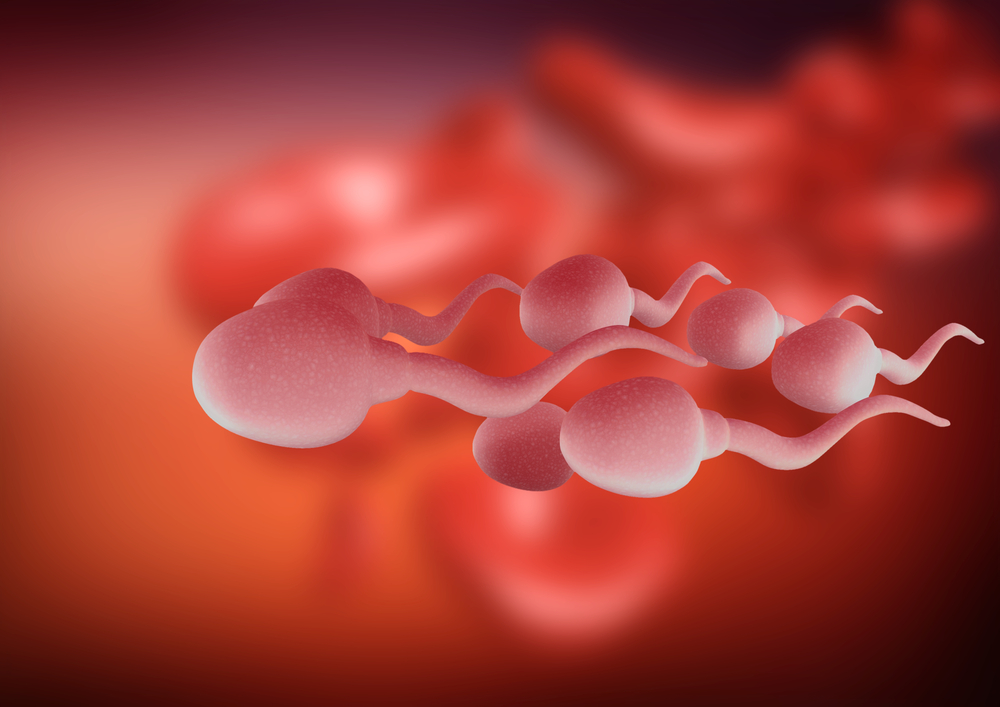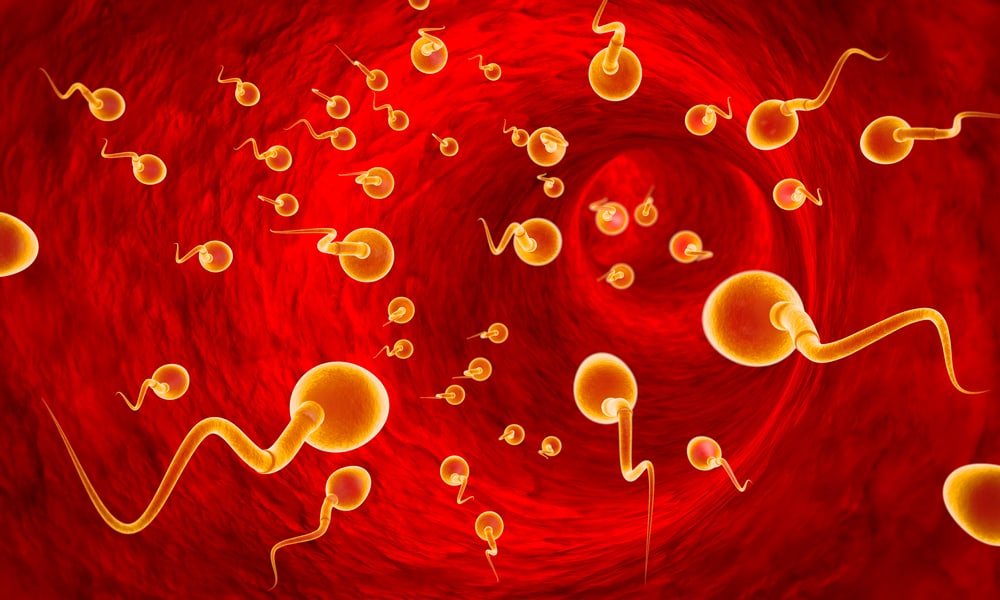Contents:
- Medical Video: Difference Between Gigantism and Acromegaly
- Overview of gigantism and acromegaly
- 1. The cause of the disease
- 2. Time of occurrence and people at risk for the disease
- 3. Symptoms caused
- Can these two conditions be cured?
Medical Video: Difference Between Gigantism and Acromegaly
Gigantism and acromegaly are rare diseases that cause abnormal body growth. This causes the patient to be very large like a giant. Then, are the two diseases different? If yes, what is the difference between gigantism and acromegaly? Consider the following review.
Overview of gigantism and acromegaly
There are major glands that regulate the function of hormones, namely the pituitary gland. The gland is about the size of a pea and is under the human brain. This gland produces hormones that control many functions in the body, such as metabolism, urine production, regulating body temperature, sexual development, and growth.
Gigantism and acromegaly occur in these glands so that the production of hormones becomes more than what the body should need. When the hormone is excessive, it will trigger the growth of bones, muscles, and internal organs. Therefore, people who experience this condition have a body size that is larger than normal body size.
Then what is the difference between these two conditions? Here are three main things that distinguish gigantism and acromegaly.
1. The cause of the disease
Benign tumors of the pituitary gland are almost always the cause of gigantism. Likewise with acromegaly. However, there are other causes, but it is not common that gigantism can occur, such as:
- McCune-Albright syndrome, which causes abnormal tissue growth, light brown spots on the skin, and glandular abnormalities.
- The Carney complex, a hereditary disease that causes non-cancerous tumors in connective tissue and the appearance of dark stains on the skin.
- Multiple endocrine neoplasia type 1 (MEN1), which is a congenital disorder that causes tumors in the pituitary, pancreatic, or parathyroid glands.
- Neurofibromatosis, a hereditary disease that causes tumors in the nervous system.
2. Time of occurrence and people at risk for the disease
Excessive hormone production in gigantism occurs when the bone growth plate is still open. This is a condition in the bones of children so that this disease is more common in children.
Meanwhile, acromegaly usually occurs when a person is an adult. Yes, people aged 30 to 50 years may experience acromegaly, even though the bone growth plate is closed.
3. Symptoms caused
The symptoms of gigantism that often occur in children appear very quickly. This causes the leg bones and arm bones to become very long. Children who experience this condition experience delays in puberty because of the growth of their genitals that are not fully developed.
People who experience gigantism, if left untreated have a smaller life expectancy than children in general because excess hormones can cause enlargement of vital organs, such as the heart. This can result in the heart not functioning properly and eventually heart failure.
Meanwhile, the symptoms of acromegaly are difficult to detect because their development is slower over time. The symptoms are not very different from gigantism, such as feeling a headache due to excessive pressure on the head, hair growing thicker, or, excessive sweating.
However, the bones will not elongate but only become enlarged and eventually become deformed. This is because the bone plate has closed, but increased growth hormone causes pressure in the growth area.
Women who have acromegaly have irregular menstrual cycle symptoms and breast milk continues to be produced even if not in the postpartum period. This is affected by an increase in prolactin. While many men experience erectile dysfunction.
According to the MSD Manual, Ian M. Chapman, MBBS, Ph.D., a professor at the University of Adelaide, wrote that diseases such as diabetes, hypertension, or cancer from complications of acromegaly can reduce people's life expectancy.
Can these two conditions be cured?
Both of these diseases cannot be prevented or cured as usual. To treat the patient must undergo surgery, radiation therapy, and take medication that can reduce or inhibit growth hormone production so that the condition does not worsen.
Treatment can not only be done with a single treatment, such as taking medication alone, therapy alone, or just surgery. All three must be followed by the patient so that the excess growth hormone can be controlled.












